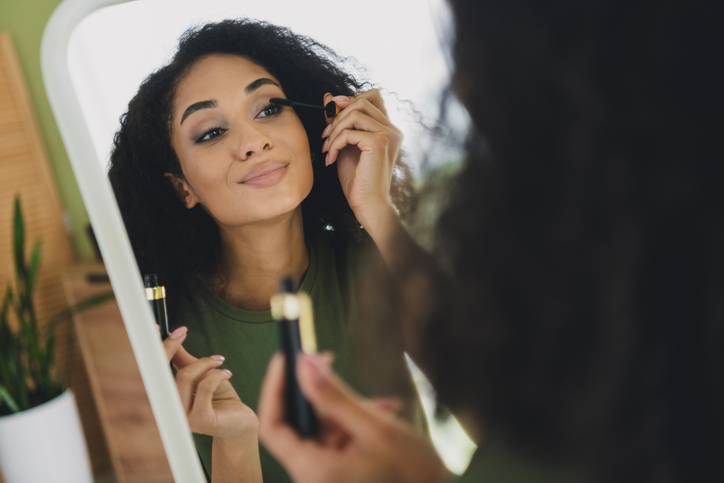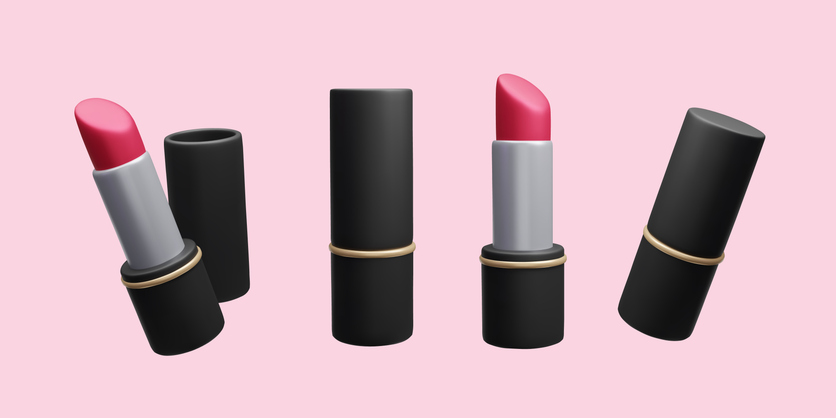How Trump's Tariffs Could Make Your Beauty Bag More Expensive
Beauty Inflation? How Trump’s Tariffs Might Hike Up The Price Of Your Favorite Products

Source: Yuliia Kaveshnikova / Getty
It may be a good idea to be more cautious with your beauty and personal care products, as experts are concerned about the potential impact of President Donald Trump’s 10% tariff on Chinese imports, especially within the beauty industry.
According to an article published Jan. 20 by Vogue, over 25,000 products sold in the U.S. beauty market are primarily imported from China, and these tariffs could lead to significant price hikes. Common products like skincare, shampoo, makeup, and hair care are majorly sourced from China, with key supply areas including cities like Guangzhou, Shanghai, and Beijing, according to Examine China.
RELATED CONTENT: Are We Really Ready for War With China?
Due to rising import and production costs, many of our favorite beauty items may become more expensive as Chinese manufacturers will face higher costs to get their products into the U.S., and they may pass those hefty fees onto consumers. That’s because depending on the product, some companies will face higher tariff costs than others.

Source: Deagreez / Getty
Examine China notes that as a result of the ongoing trade conflict, items such as dental floss, toothbrushes, and shavers are subject to a 7.5% tariff in China, even if the duty price, which is the amount of tax that needs to be paid on imported goods when they cross an international border, is 0%. Meanwhile, other beauty products like perfumes, lipsticks, nail care items, powders, shampoos, and hair products could see a 25% tariff. If a product already has a 5.8% tariff, the new rate could increase to either 20.8% or 30.8%, depending on the specific rules applied.
High tariffs mean higher production costs for companies.
Angela Santos, partner, and leader of the customs practice at law firm ArentFox Schiff, explained to Vogue that rising labor costs and the limited availability of raw materials in the U.S. can substantially increase production expenses. Experts point out the challenges of sourcing specialized ingredients domestically, as many of these materials are not native to the region. As a result, importing these ingredients adds additional complexity and costs to the production process.
“Raw materials imported from China and other countries would have to be subject to increased tariffs, and then they’ll be subject to higher production costs in the United States,” Santos said. Companies can either try to negotiate some of these prices or up the cost of their products to make up for high fees.

Source: Yuliia Kaveshnikova / Getty
Philip Rothman, a professor of economics at East Carolina University, expressed concerns to Allure in a Feb. 5 article that the new tariff rules could have a significant impact on the beauty industries beyond China. Depending on where the products are sourced, Americans could face price increases ranging from 10% to over 60% for imported skincare, makeup, and personal care items. For instance, if you’ve been purchasing a $60 moisturizer imported from Europe, a 20% tariff could likely raise the price by $12, bringing the cost to $72.
“Evidence suggests prices would likely go up by the amount of the tariff,” Rothman said bluntly.
What can we do to prepare?

Source: Tatiana Serova / Getty
To brace for the rising costs of beauty products due to the new tariff rules, consumers can take several steps to manage expenses. Try to stock up on your favorite products before prices increase. Another strategy is to explore alternative, more affordable brands or products that are domestically sourced or imported from countries not affected by the tariffs. Shopping during sales or using loyalty programs can also help offset the higher prices. Additionally, you could consider switching to multi-purpose products, which reduce the need for multiple items, or even try DIY beauty solutions as a cost-effective alternative. By planning ahead and staying informed, you can hopefully mitigate the impact of these price hikes.
RELATED CONTENT: Donald Trump’s China Tariff Could Hurt Fast Fashion Brands SHEIN, Temu And More







